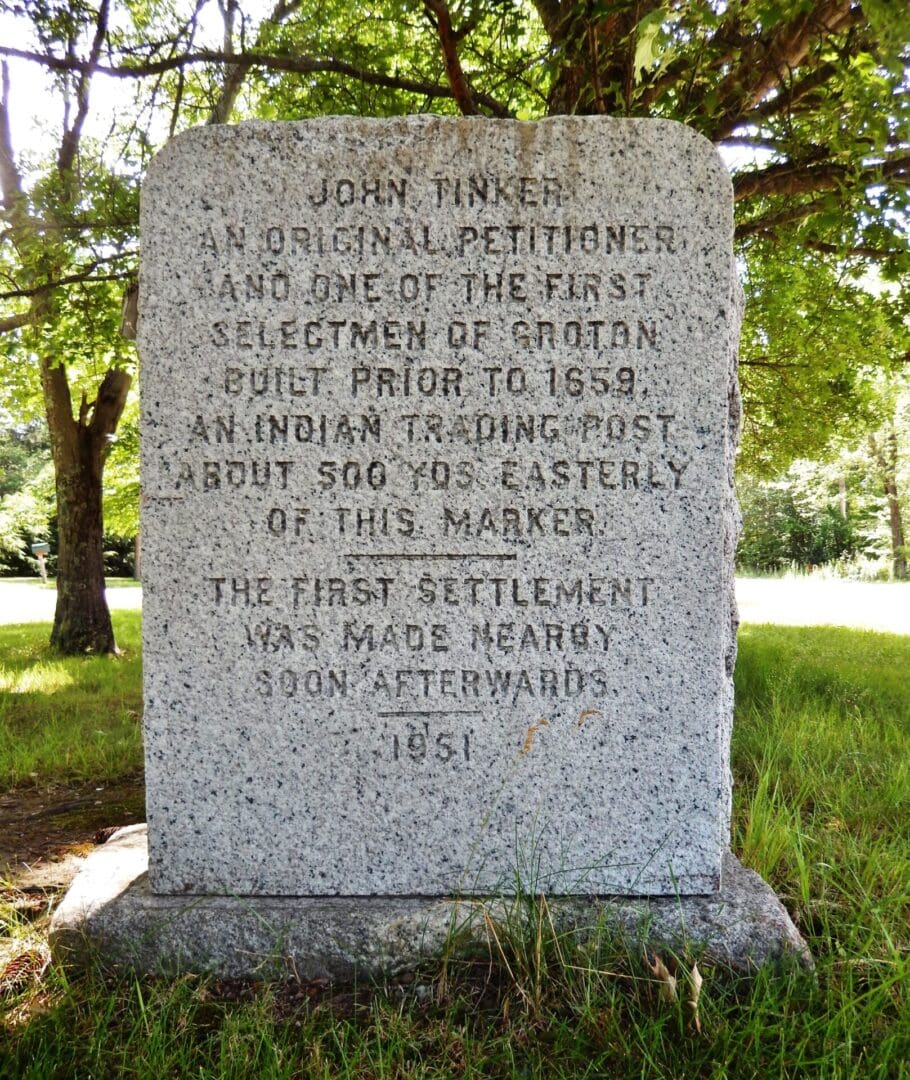
Groton - An American Story
Groton residents have helped author every major chapter of America's history.
First settled as a trading post with Native Americans, Groton was America's original frontier.
In 1655 trader John Tinker helped establish the Groton Plantation, encompassing much of today's Nashoba Valley Region.
Learn More About Groton's history by visiting:
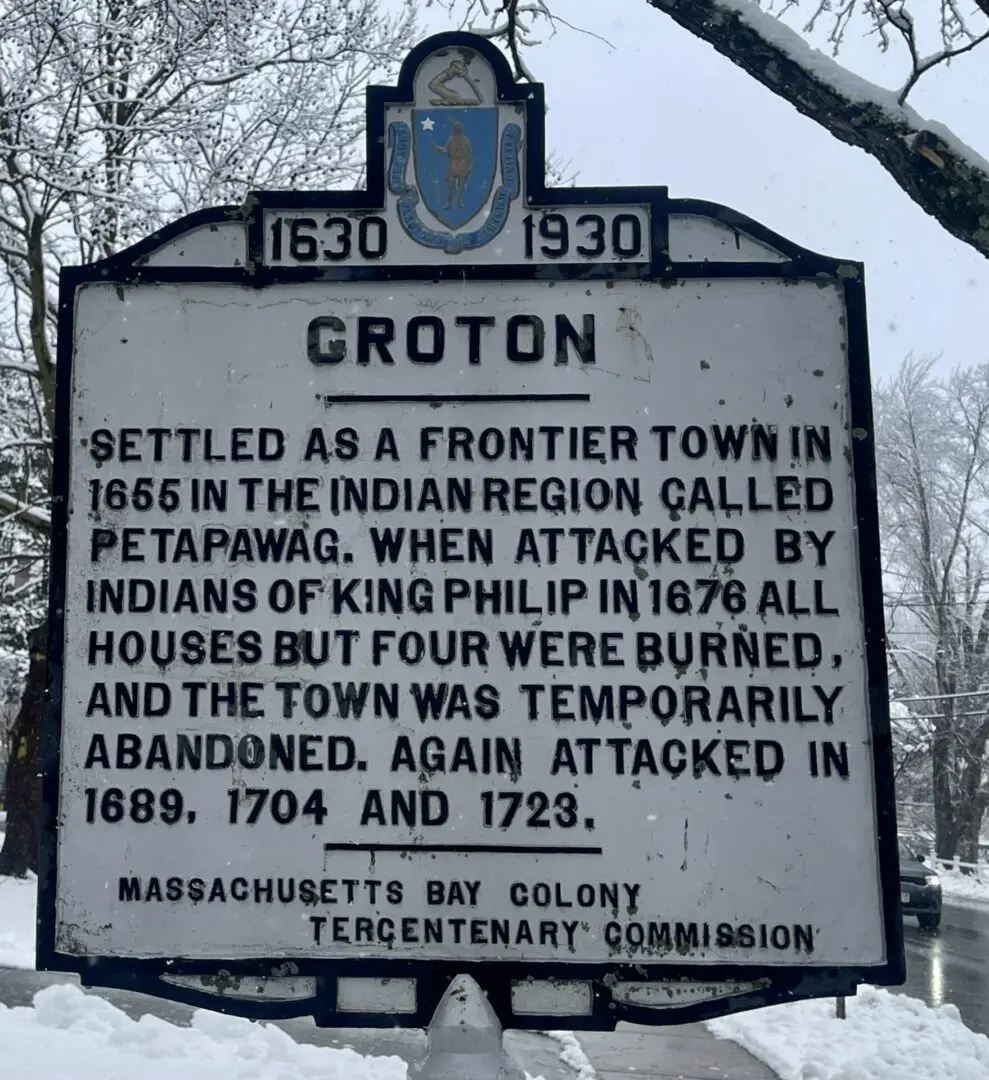
Frontier Life
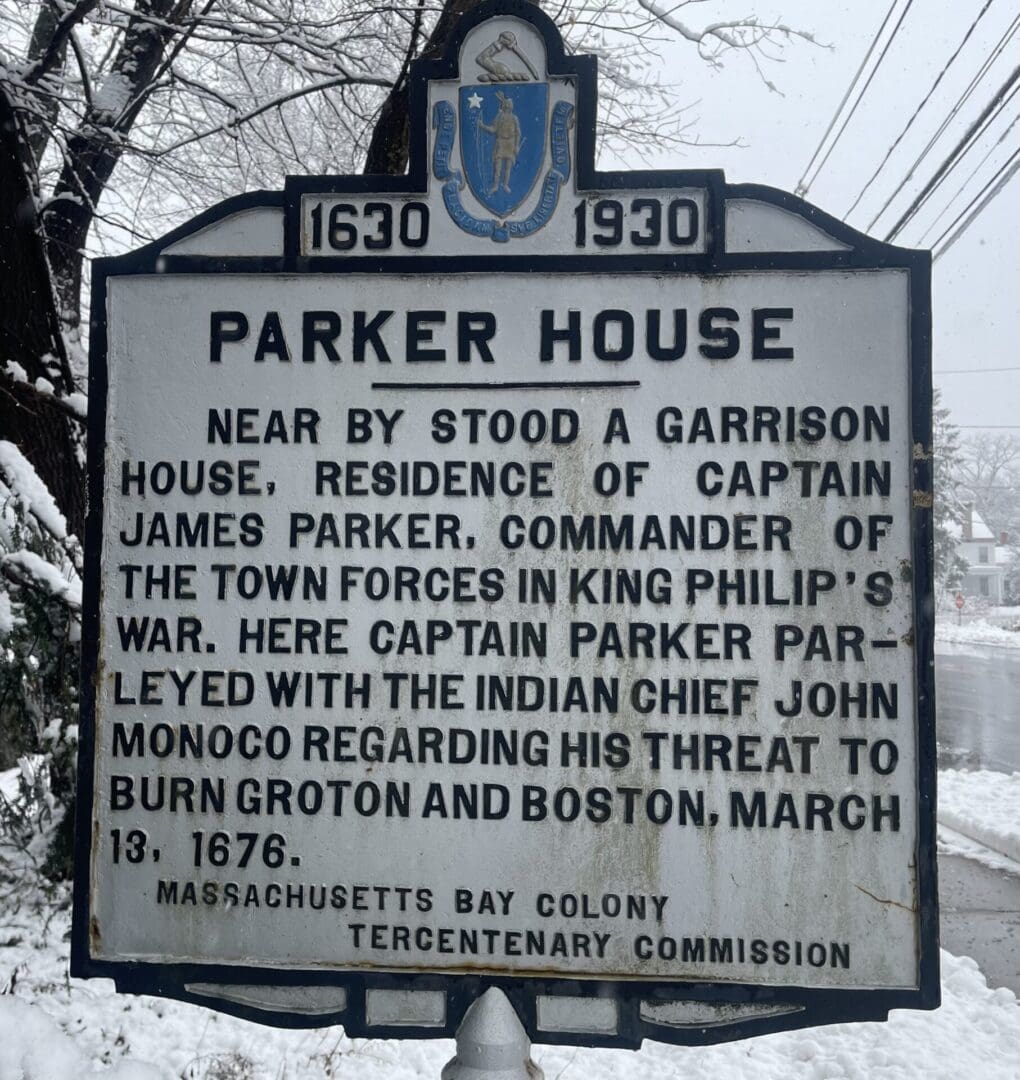

Town Common
Groton Minutemen assembled on the Town Common on April 19, 1775 and marched off to Concord.
The Old Meeting House or also known as the First Parish Church, built in 1755, was the community's gathering place for more than a century until Town Hall was built in 1859. Citizens met here to discuss their concerns in the leadup to the Revolution, and it was later a courthouse. The Old Meeting House was recently listed on the National Register of Historic Places.

Colonel William Prescott
Colonel William Prescott, born and raised in Groton, led the American forces at the Battle of Bunker Hill Charlestown, on June 17, 1775, famously shouting, "Do not fire until you see the whites of their eyes." 112 Groton Minutemen fought at Bunker Hill; 12 did not return home. The most casualties from any town participating in the battle.
To the left, is Colonel William Prescott Memorial in Groton, MA and to the right is Prescott's statue at Bunker Hill, Charlestown, MA.
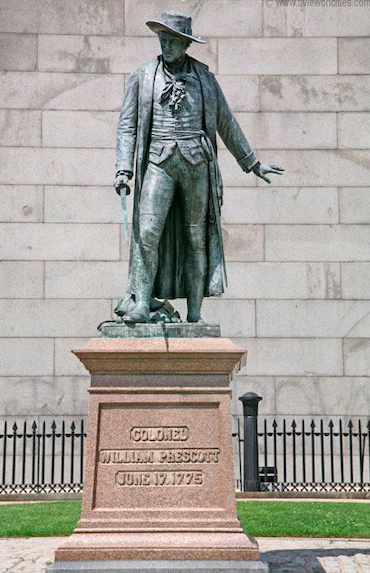
Stagecoach Hub
As America grew and expanded further west, Groton was an important stop-off destination along the stagecoach route from Boston to Canada.
As a commercial hub, Groton became host to Middlesex County's courts for decades following the Revolution, an honor shared with Concord and Cambridge. Many businesses sprung up to cater to people brought to town by the courts and the stagecoach routes, including the old Groton Inn, first opened in 1781, which was listed on the National Register of Historic Places before it tragically burned. Today, the Groton Inn has been lovingly restored to its historic grandeur.
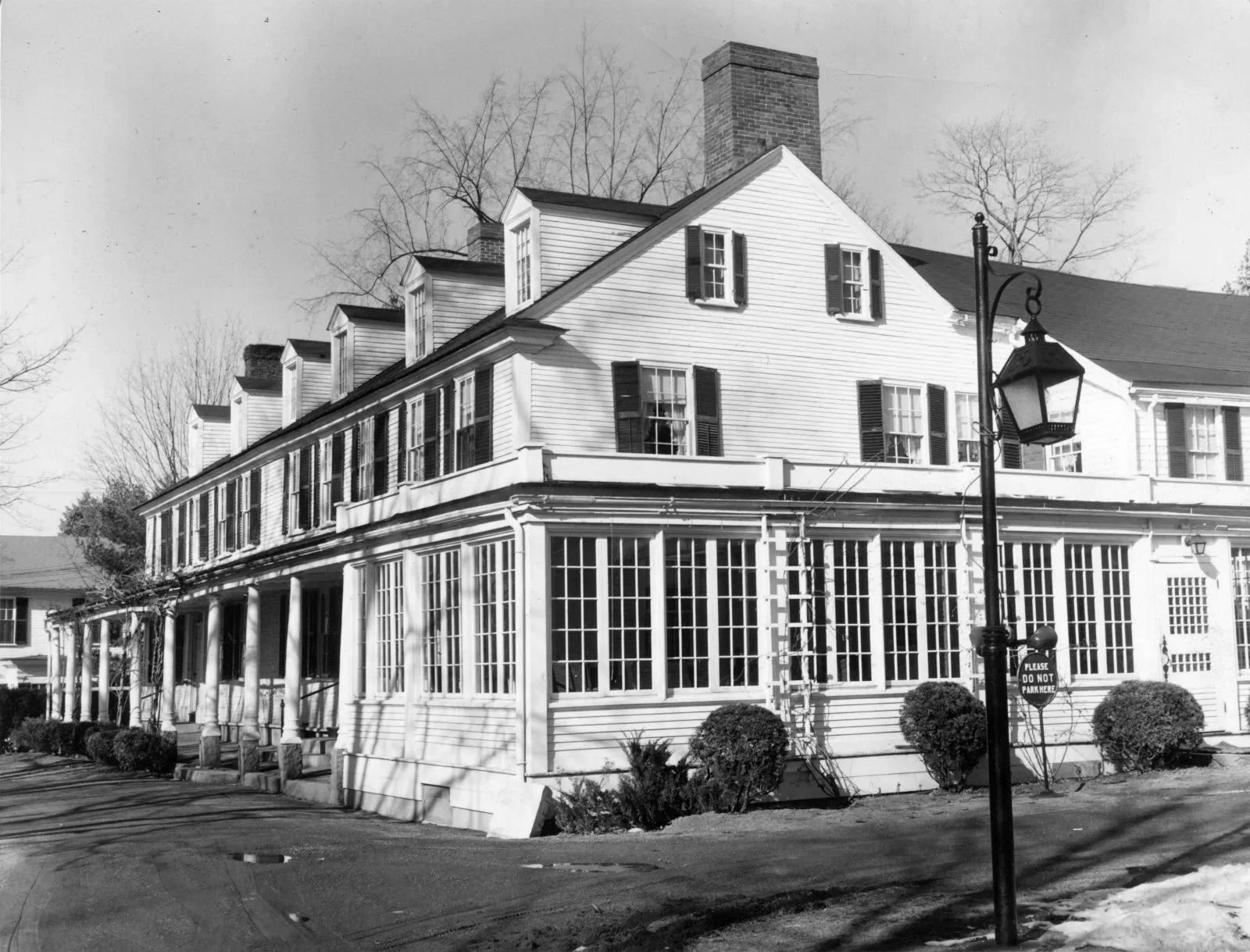
A Tradition of Learning
By the early twentieth century, Groton was described as “Massachusetts’ Most Famous School Town,” and the community has always valued learning.
This tradition began after the Revolution. With the town being a commercial center due to the courts, town leaders decided to join the Academy movement, which was sweeping New England. Academies were the first version of high school in the U.S., and Groton Academy, incorporated in 1793, was one of the first co-educational secondary schools in the country.
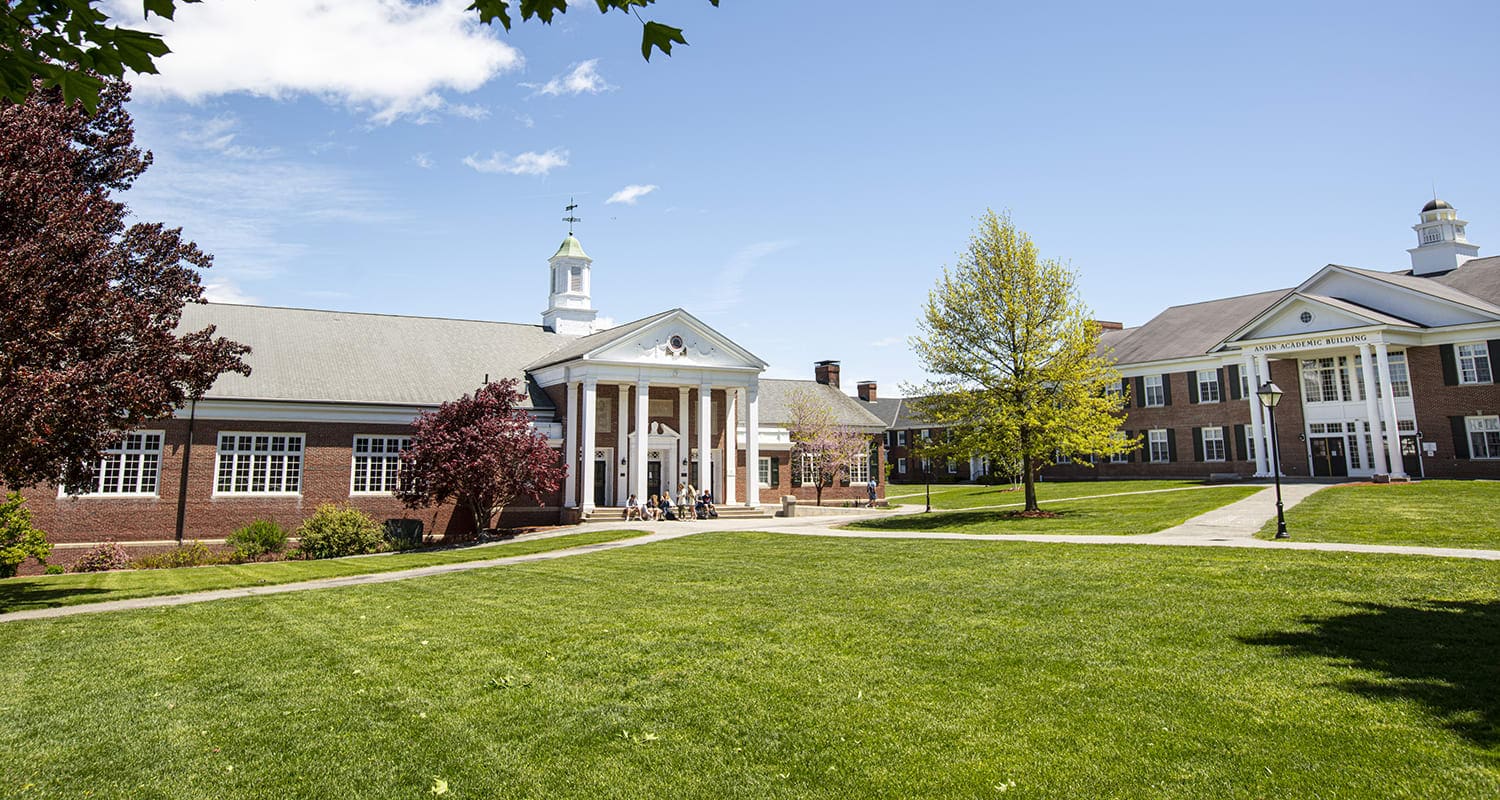
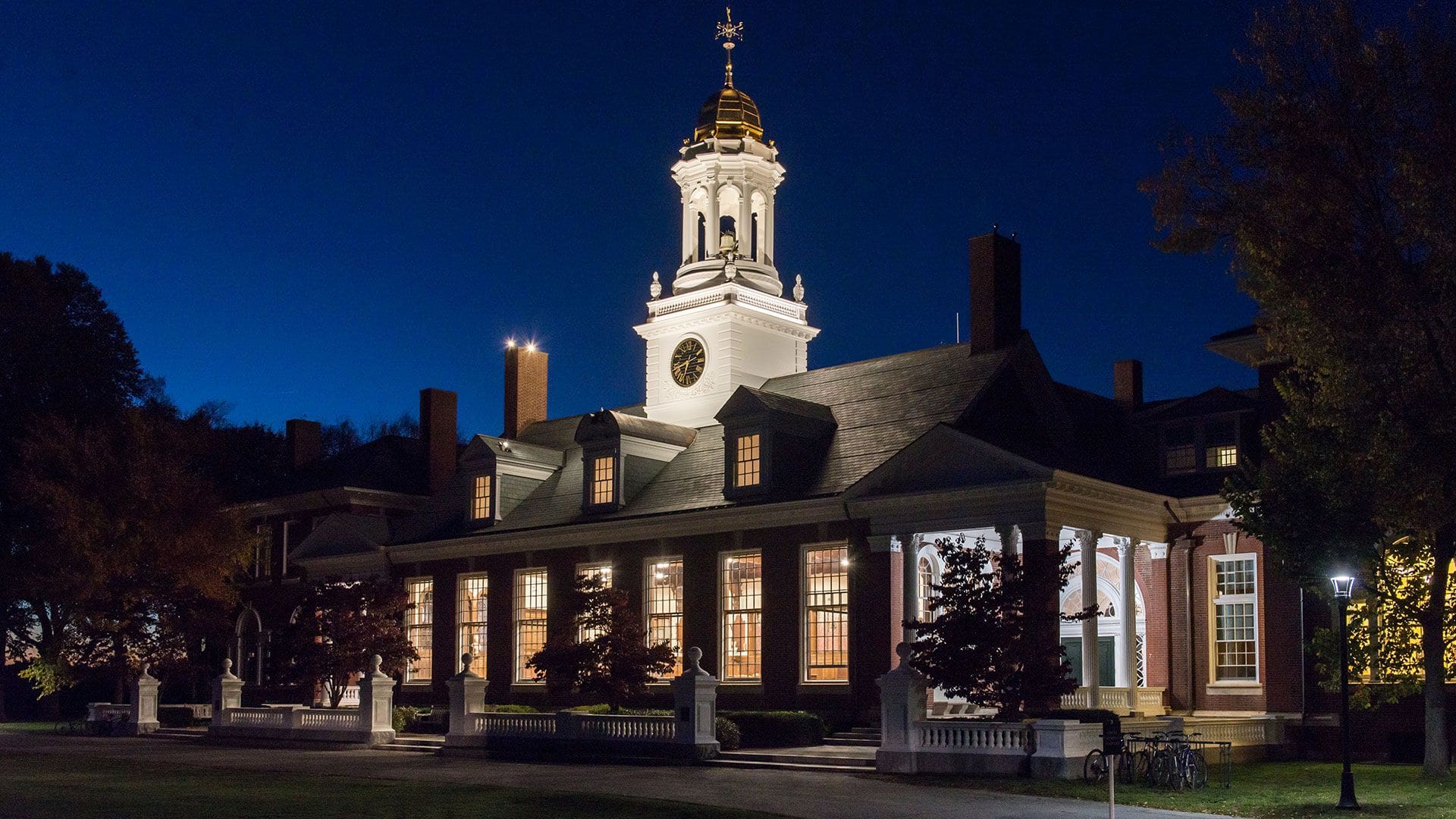
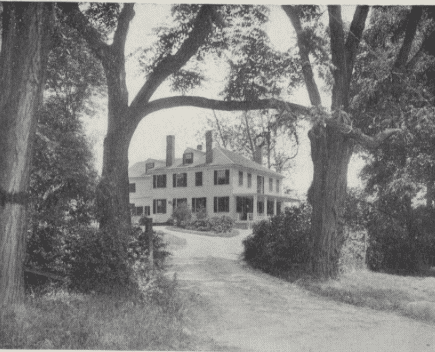
Groton Academy renamed Lawrence Academy
Academies were the first version of high school in the U.S., and Groton Academy, incorporated in 1793, was one of the first co-educational secondary schools in the country.
The Lawrences who graduated from Groton Academy were major philanthropists, and Amos and William made significant donations to the Academy, such that it was renamed Lawrence Academy in their honor in 1846.
In 1854, a donation from Abbott led to the creation of the Groton Public Library, the eighth-oldest free public library in the state.
For more information click here.
Groton School
Groton School was founded in 1884 by the Rev. Endicott Peabody, a member of a prominent Massachusetts family. The land for the school was donated to Peabody by two brothers, James and Prescott Lawrence, whose family home was located on Farmers Row in Groton, Massachusetts, north of Groton School's present location. Groton School received early support from the Roosevelt family, including future President Theodore Roosevelt, and filled quickly.
For more information click here.
Lowthorpe School of Landscape Architecture for Women
In 1901, Judith Eleanor Motley Low, who was related to the Lawrences by marriage, founded the Lowthorpe School of Landscape Architecture for Women at the south end of the village. This was the first place in the world where women could get an education on the topic, and was the second school of landscape architecture in the country, after Harvard University. Lowthorpe was absorbed by the Rhode Island School of Design in 1945.
For more information click here.
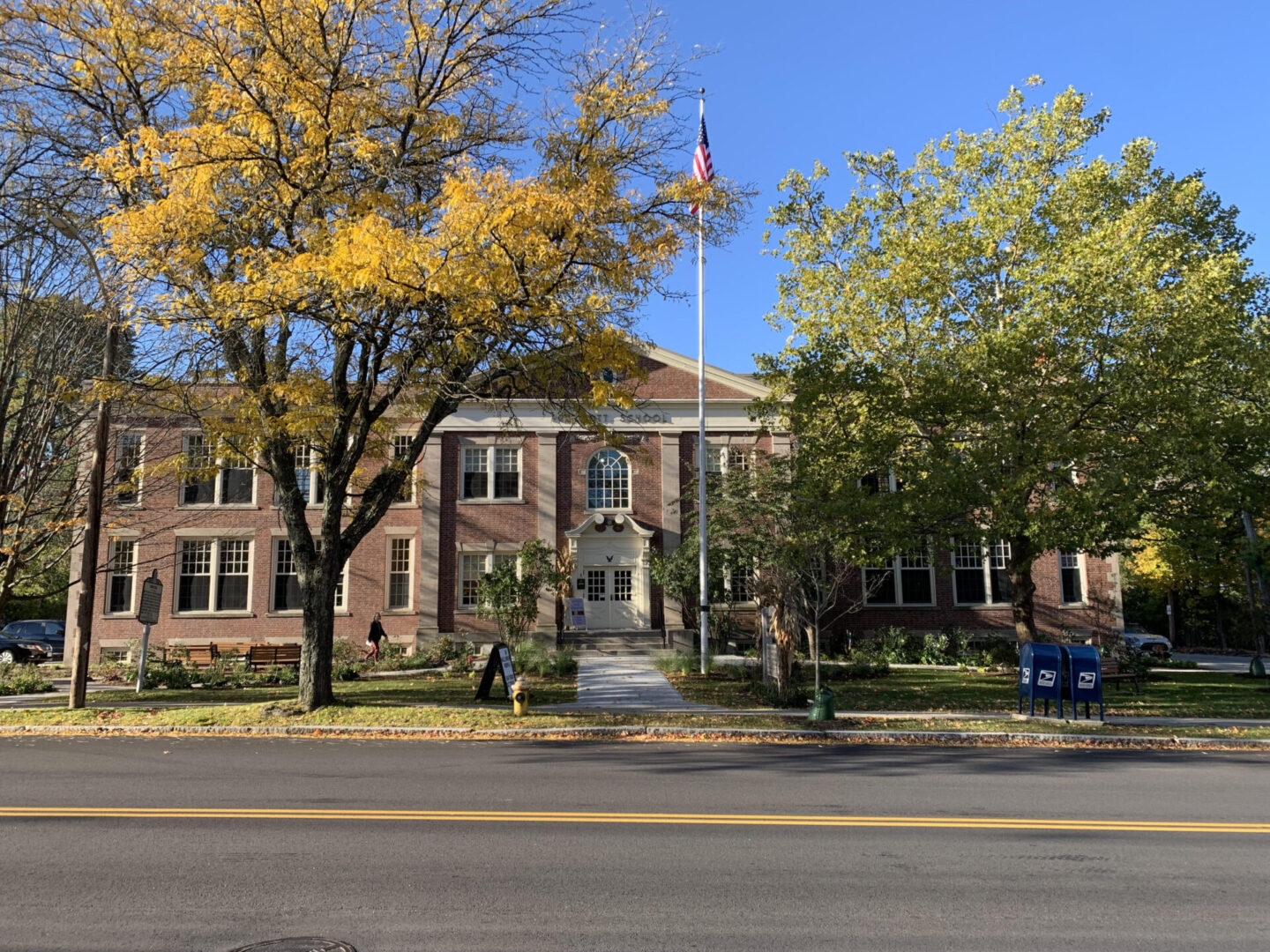
Community
The Prescott Community Center is operated by the Friends of Prescott, Inc. as a Town asset designed to promote and support community education, arts, and recreational programming for all ages and creates a gathering space for residents and nonprofit organizations, including the Groton Visitors Center, along with several commercial businesses. The Prescott School Building itself is listed on the National Registry of Historic Places and will soon celebrate its 100th year anniversary.
Marion Stoddart: The Work of 1000
Marion Stoddart led the charge to restore the Nashua River from its polluted state and helped inspire a national, indeed international environmental movement that continues to this day. At that time, the Nashua River was one of the most polluted rivers in the United States. Marion worked tirelessly with other citizens to pass the Massachusetts Clean Water Act in 1966, the first of its kind by any state. Marion led the founding of the Nashua River Watershed Association in 1969, with headquarters located in Groton. The Nashua River Watershed Association has been instrumental in protecting 174 miles of the Nashua River and its major tributaries. The story of Marion’s work and triumph can be seen in the movie Work of 1000.


Paul Matisse: Acclaimed Artist
Groton is home to Paul Matisse, an internationally acclaimed artist. His work incorporates elements of mechanical design and invention. Paul is the grandson of French impressionist, Henri Matisse. His design space is located in the heart of Groton. The Kalliroscope Gallery is open on occasion.
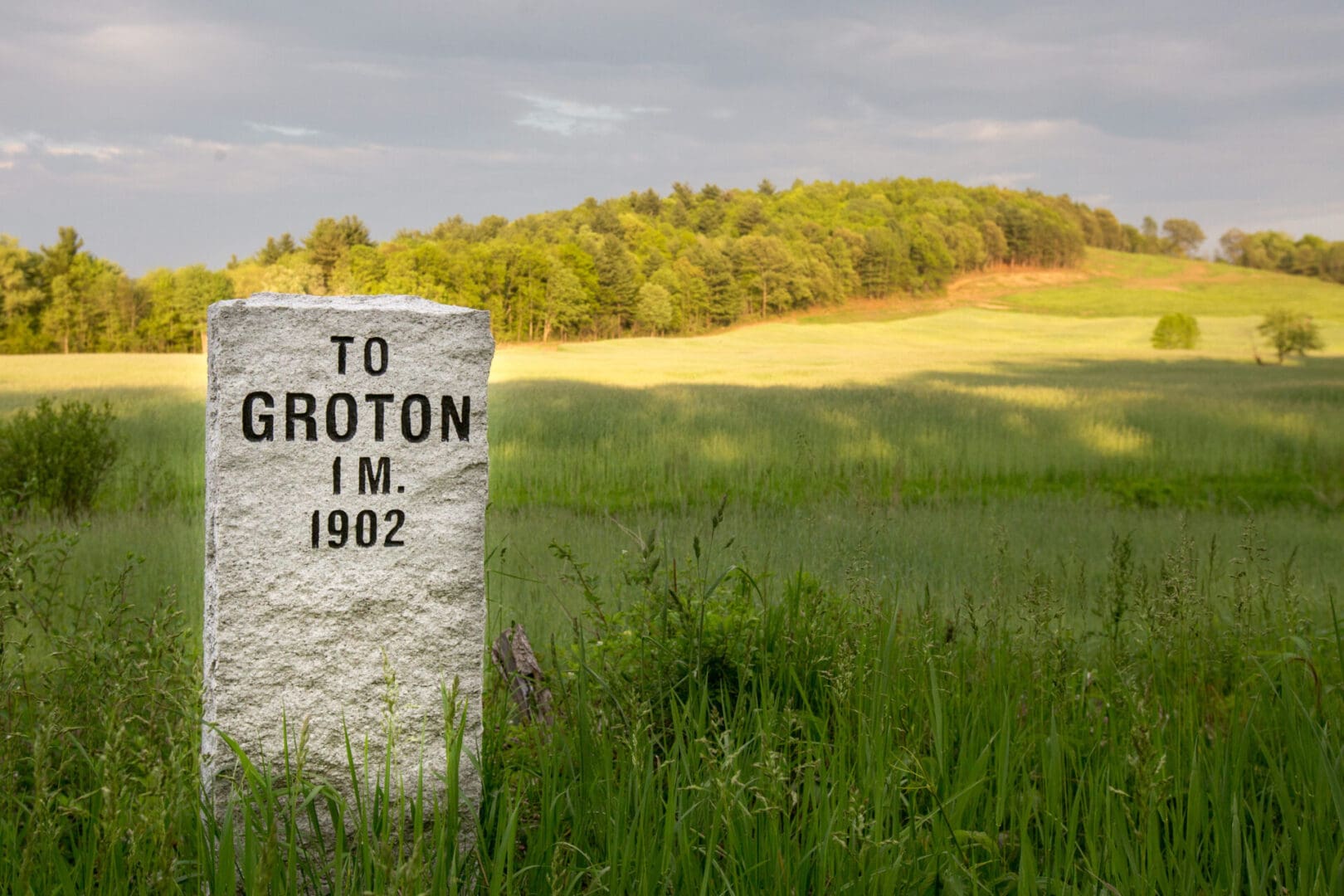
Groton Celebrates the American Story
From the land of indigenous peoples to early settlers on a new frontier, Groton has, over nearly 375 years, produced Farmers, Craftsmen, Industrialists, Artists, Educators, Writers, Poets, Environmentalists, Statesmen, Stateswomen, American Heroes and more - all of whom have contributed to shaping the American Story.
Today, Groton’s role in drafting the next chapter in America's Story continues.

